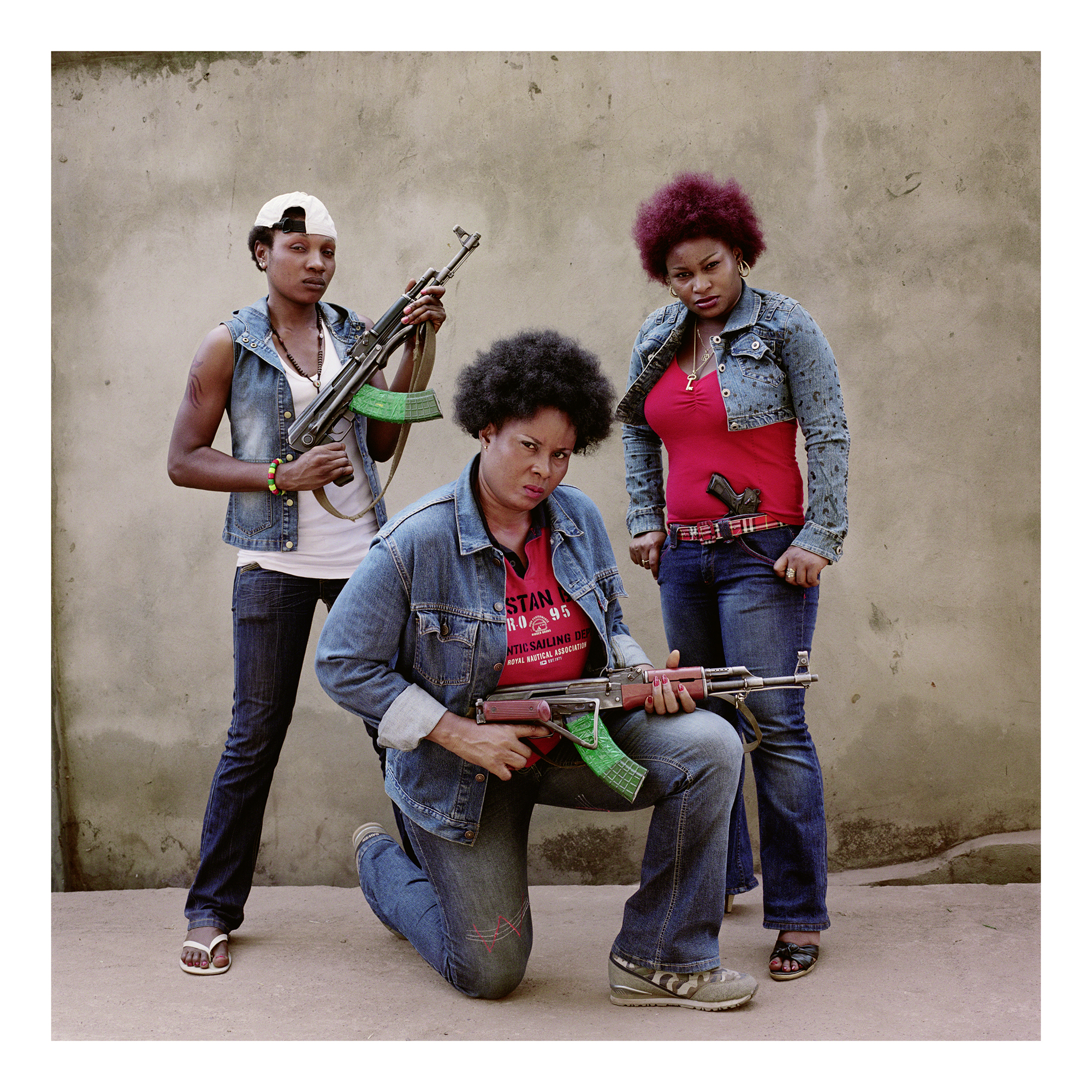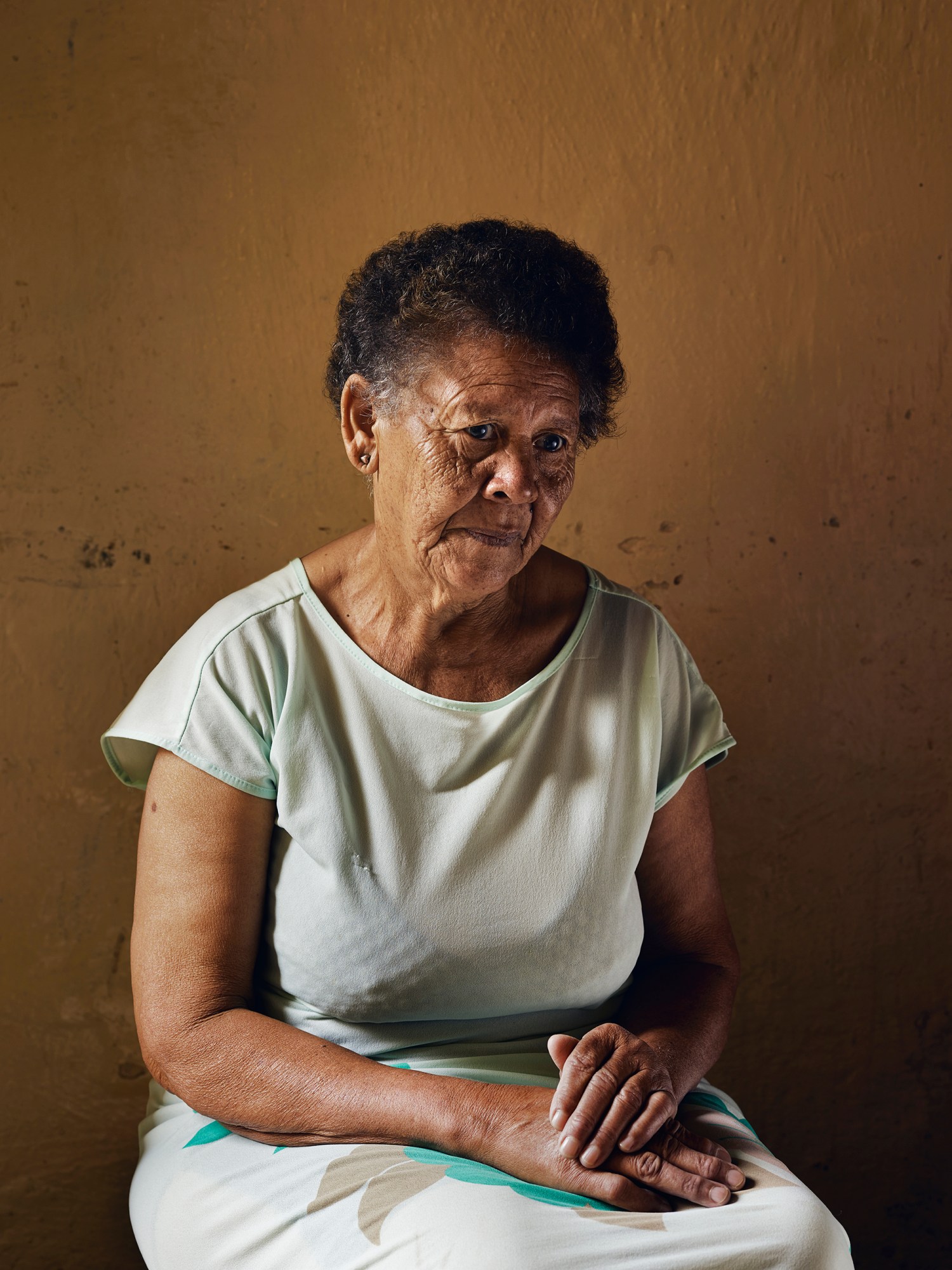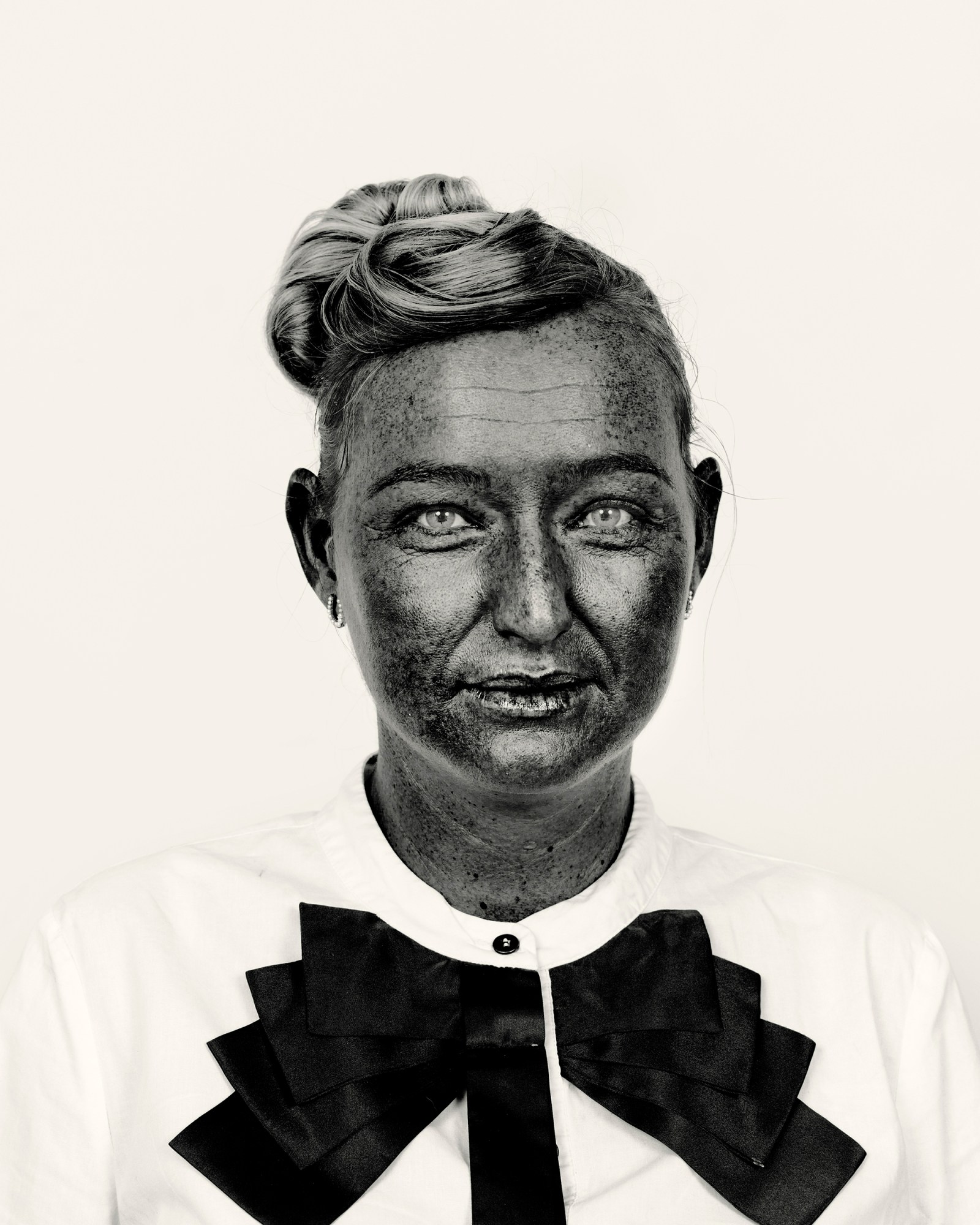“I started photographing during adolescence,” says Pieter Hugo, the South African photographer who’s since adopted a career placing those whose lives exist on the peripheries of contemporary society, front and centre. “It gave me an excuse to go out into the world and explore and engage with the strange and conflicted place where I grew up. It allowed me to figure out where I fit into it. I think this is what I’m still doing 30 years on.” Uncovering this curiosity as a teen growing up during apartheid — “Everything we saw was controlled and I wanted to see more,” he says, “to see for myself” — over the last two decades Hugo’s images have played a significant role in marrying art and documentary.
Based in Cape Town, his work has appeared in style and news titles, while his collaborations include the New York label Hood by Air and Dutch arts organisation Creative Court. Elsewhere, his work features in museum collections at institutions such as the Met, the V&A and the Getty. Consistent throughout everything — both in those projects conducted for specific audiences and the others with a more personal foundation — is a genuine interest in human nature and the lives of his subjects, beyond the camera. “There is something alluring to an idea or image that needs to be visually analysed, scrutinised,” he says. “Intellectually catching up to that impulse comes later.”
Shooting largely across Africa, exploring the memorials of the Rwandan genocide in 2004, highlighting Nigeria’s film industry in 2009, and addressing historical name changes with the 2007 series Messina/Musina, for his most recent project Hugo travelled to Mexico. Initially at the request of exhibition coordinator Francisco Berzunza, he subsequently returned a further three times over two years, developing a fuller picture of the country. The finished series, La Cucaracha — also the name of a Spanish folk song — is currently on display at London’s Huxley-Parlour gallery, following turns at New York’s Yossi Milo Gallery and Priska Pasquer in Cologne.
“Given the disparate nature of my interests, I’ve always struggled to situate myself,” he says. “One could say, albeit reductively, that my work has always been about the outsider — and in the Trump era, Mexico is definitely the outsider.” While a book to accompany the series is due for release in April, below Hugo talks us through the works that have shaped his career.

Abdullahi Mohammed with Mainasara, Ogere-Remo, Nigeria 2007 from The Hyena and Other Men
The images from The Hyena and Other Men was really pivotal for the way I used colour in my work. While working in Nigeria on this series it was Harmatan season, a time of year when the sand from the Sahara gets blown into the air over West Africa. It creates a natural diffusion — there are very few hard shadows and everything gets covered in a layer of sand and dust. This palate set the tone for the next few series of work I made: apocalyptic, desaturated, no hard contrast.

Bodies covered in lime to preserve the evidence of the mass killing at Murambi Technical College, Murambi, Rwanda, from Rwanda 2004: Vestiges of a Genocide
Up until I made the work in Rwanda in 2004, my primary focus had been on commissioned work by magazines and NGOs. This series marked the end of that phase of my life. I was growing increasingly frustrated with making work that I felt illustrated the ideas of journalists or acted as propaganda and advocacy for organisations. I unsuccessfully tried getting this work commissioned by the publications and clients I worked with. Going to Rwanda on my own impetus and expense, spending a few months there solely focusing on a singular project — without knowing what the outcome or means of dissemination would be — was a very liberating experience. It took ten years to get the monograph of the work published but it was worth the wait.

Chommy Choko Eli, Florence Owanta, Kelechi Anwuacha. Enugu, Nigeria, 2008 from Nollywood
The inspiration for the Nollywood series came while travelling and working in West Africa. Everywhere I went people were watching local movies. Although the production value of the movies are often low, there was something about the homegrown industry that captivated me. The opportunity to work with actors and to play with the prejudices and expectations of Western audiences through these images was a conceptual growth for me. The work was more self-conscious and humorous than anything I had made before.

Ann Sallies, who worked for my parents and helped raise me. Douglas, 2013 from Kin
With the birth of my first child, a major shift happened in my work. I felt an urgent need to make more personal and introspective work. My relationship with with my immediate family and with my country of birth is incredibly fraught and contradictory. I needed to look at what binds me and what repels me to them and I tried to resolve what obligations I owe to history. This portrait is my favourite from the series. Simple, economical, dignified, tender, sad.

Ashleigh McLean, 2011, from There’s a Place in Hell for Me and My Friends
In the images from this series I used photographic technique used by dermatologists to render latent skin damage visible to the human eye. The images are typological portraits of my friends in South Africa. The imaging technique shows up sun damage — it is meant to scare the patient into taking care of their skin. It sparked in me a curiosity about how our environments and histories leave marks on us, both physically and emotionally, and speaks to me about the colonial experience.
It was a departure for me to use technology that is not ‘traditionally’ photographic. I would use alternative and surveillance techniques in future work.

After Siqueiros. Oaxaca de Juárez, 2018 from La Cucaracha
While working in Mexico in 2018 and 2019 another major shift occurred in my work. I was becoming increasingly aware of the relationship between my work and the recurrence of motifs throughout art history. I have never felt comfortable situating myself in a fixed position on the art and photography axis — I like to work between journalism, ‘new’ documentary, forensic analysis and typology, fashion, etc. These various disciplines feed into each other. While working in Mexico I was particularly looking at muralist paintings. This image was constructed using a group of garbage collectors who moonlight as a theatre troupe at the market where they work. I showed them reference to a tableau from Alfredo Siqueiros and asked them to recreate it. I love the junction between pre-meditation and accident.
